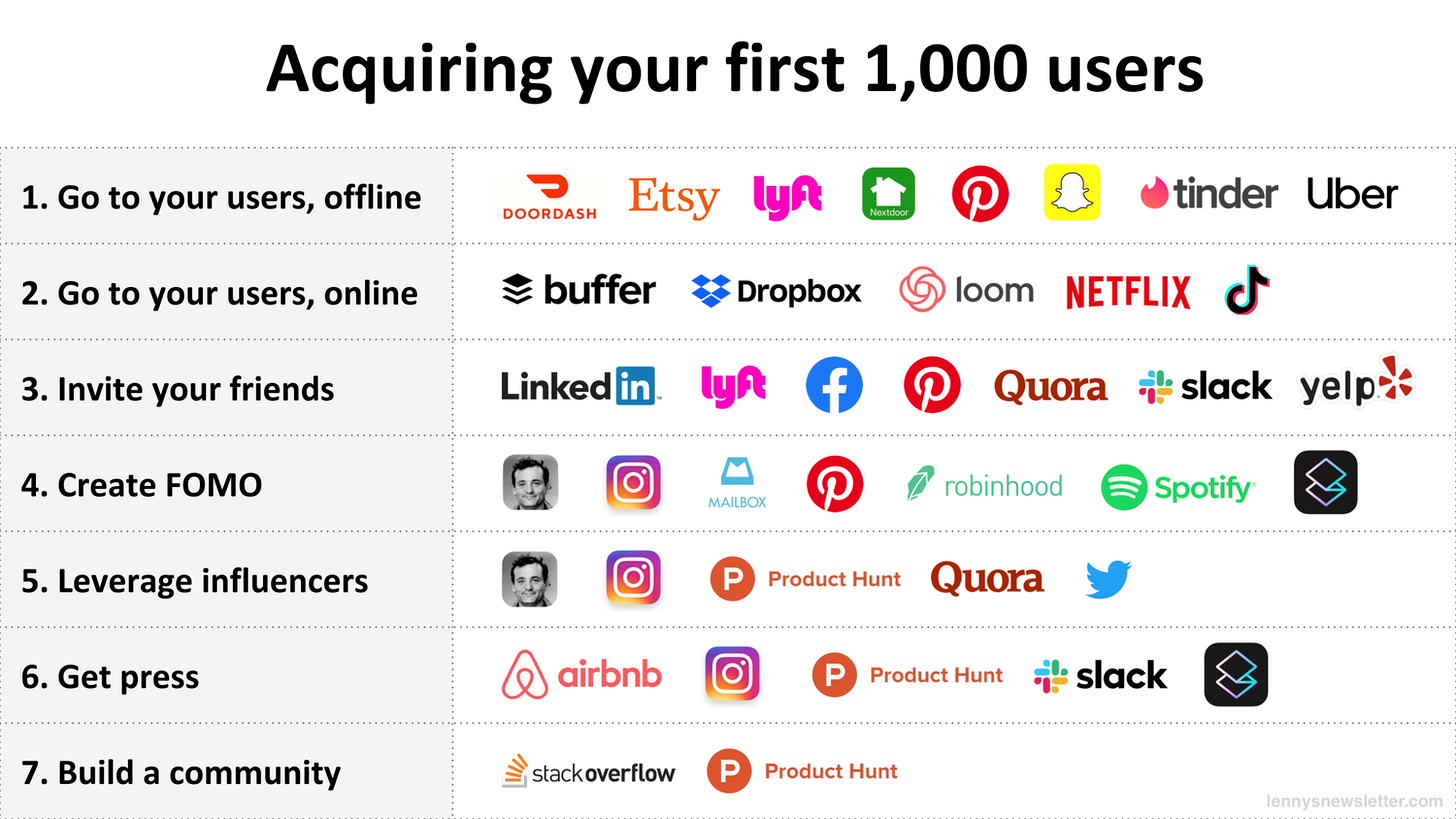In an agile, consumer-driven product ecosystem, the need to build and launch great products and experiences through software is driving interest from product makers. Why is it important to create a great user experience?
Great products ensure popular adoption, creating the reward for individuals and companies who take the risk and make the effort of turning ideas into a meaningful product that users will be interested in. The task of turning great ideas into a great product involves a lot of things and can be tough when the product team misses out on some fundamental principles.
As human consumption continues to rise, variations and consolidation of product features and the processes of building them seem to be on the increase. A survey, for example, estimates that the average American comes in contact with about 4000 ads per day! This gives an idea of how much competition each product inevitably face in getting the attention of a potential customer in the global marketplace.
There are simple principles, which help designers and engineers on product teams in planning and executing an idea into a product with an excellent user experience.
User or Product? Which comes first?
Like the egg or chicken riddle, many would agree with the argument that the product is built for the user and not the other way round. This argument underscores the necessity of a user existing for your product. User experience is a core aspect of your product, whether as an engineer, designer, or product manager. How useful does your target market consider the product to be, and what features do they use the most? These and many more questions need to be answered by engineering and design teams working on software products. To build a great UX for your product, users must be part of the production process. How do you make your users part of the production process? By asking the right questions about your product from early users. Answers can be obtained from the users through free product trials, conferences, focus groups, reviews on past products that model your idea. By doing this, user interest in your product is piqued and they become invested in what kind of products, features, and updates that you push into the market. And, yes, the user loyalty that comes with this behavior is usually positive.
Project Management Style
Managing technology projects can be a tough call for small teams. There are usually different deliverables involved and a lot of times, the project management style is important to the success of the project. For technology products, agile project management has been recommended as a suitable style.
Making a great product involves deciding when to launch, through which channel, and what features to launch. The management strategy must cover how the product team gets the right avenues for funding, create a buzz around the product, and iterate on the next features the product must contain.
Implementing an Agile methodology ensures that teams working on a product, can get feedback from users and stakeholders right away, and improve the product quicker through different iterations. The management style also encourages the adoption of innovative solutions like the use of distributed resources, through vendors like DevWise, who is able to assemble teams in no time through its Staff Augmentation service. As mentioned earlier, a little finding establishes that agile project management also recommends focusing on the people when it comes to building a product.
Market Surveys
The project analysis involves a lot of market surveys. At this product development stage, it is important to harness past client testimonials and interactions, featuring satisfactory comments and criticisms which will show how much the product has helped consumers or stakeholders in time past and how much production has improved from past criticisms and interactions. At this point, requirements validation is also vital to product development. Requirement validation involves a lot of consultation and in most cases, it is important to get professional assistance from experienced teams like DevWise.
Teams like these are experienced in the product development cycle and easily know where to look and the right questions to ask.
Product Marketing
One big worry for product teams is the go-to marketing strategy for products. You’ve got a great mobile and web app version launched, but what is the next step? A popular question is how do you get your first 1000 users? There are several strategies for acquiring the first 1000 users, as shown in the image below. However, it is important for marketing teams to understand that marketing strategy is influenced by the product as well as the target market.

In essence, you need to determine the nature of your product. Is it a community-based product like Twitter or a service-based product like an Airbnb? In some cases, not all marketing hats would fit your product and the target market you are trying to address.
Whatever the strategy of launching the product to the market, it has to be effective enough to reach the last pining consumer. For example, a company designing a community-based network will need some good press in accompanying its product launch. It may also adopt the use of influencers in increasing awareness around its products.
As designers and engineers focus on creating a seamless user experience, the role of marketing in the product launch process should not be underestimated. This post has highlighted a number of issues to be considered by product teams when launching a product into the market. While the highlighted issues are not exhaustive, it shows some problems that we have identified in working with several product teams in launching their product into the market.
Questions? Comments? Feel free to contact us. We know how to help you to succeed on your next project.







